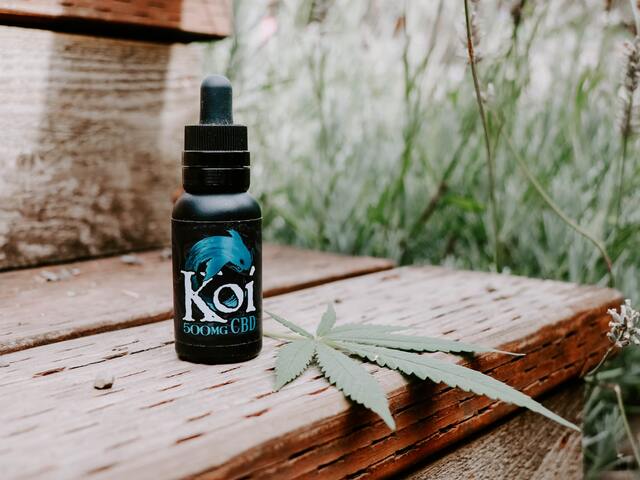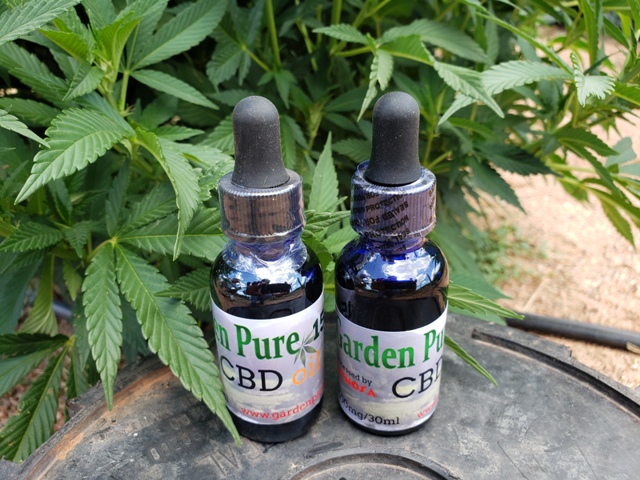In recent years, CBD (cannabidiol) has emerged as a popular wellness trend, with a wide range of purported health benefits, from pain relief to anxiety management. As the demand for CBD products continues to grow, it’s essential to consider the environmental impact of CBD production. Sustainability has become a key concern in various industries, and the hemp sector is no exception. In this blog post, we will delve into the environmental implications of CBD production, exploring the challenges and potential solutions to ensure a more sustainable future for this burgeoning industry.
The Hemp Industry Boom
The CBD industry has experienced unprecedented growth, driven by changing attitudes towards hemp and a growing interest in alternative health remedies. CBD is a non-psychoactive compound found in the hemp plant, and it’s used in various products, such as oils, tinctures, capsules, and topicals. As the market for CBD expands, the production of hemp plants for CBD extraction has become a booming business, and with it, the associated environmental concerns.
Water Usage and CBD Cultivation
One of the primary environmental issues associated with CBD production is water usage. Hemp plants require a significant amount of water to grow, and improper irrigation can lead to water waste and depletion of local water sources. Outdoor cultivation, which is common in some regions, may exacerbate this problem, especially in areas with water scarcity issues.
To mitigate the environmental impact of water usage in CBD cultivation, there is a need for sustainable farming practices. Techniques such as drip irrigation and rainwater harvesting can help reduce water waste and ensure the responsible use of this precious resource. Additionally, choosing suitable locations for cultivation and adopting drought-resistant strains can further alleviate the strain on water resources.
Energy Consumption in Indoor Cultivation
While outdoor cultivation has its own challenges, indoor CBD cultivation presents a different set of environmental concerns, primarily related to energy consumption. Indoor facilities often rely on high-intensity artificial lighting, heating, ventilation, and air conditioning systems to create ideal growing conditions for hemp plants. This energy-intensive approach can have a substantial carbon footprint.
To address this issue, many CBD producers are turning to more energy-efficient practices. Implementing LED lighting, using renewable energy sources, and optimizing HVAC systems are just a few ways indoor cultivators can reduce their energy consumption and environmental impact. In addition, incorporating sustainable building designs and materials can help create more energy-efficient indoor growing spaces.
Pesticides and Chemical Use
The use of pesticides and chemicals in CBD cultivation is another environmental concern. To protect crops from pests and diseases, some growers resort to chemical solutions that can harm local ecosystems and wildlife. These chemicals can leach into the soil and water, leading to long-term environmental damage.
Sustainable pest management techniques, such as integrated pest management (IPM), can reduce the reliance on harmful chemicals. IPM involves the use of biological control methods, crop rotation, and the careful monitoring of pest populations. Additionally, organic and regenerative farming practices can minimize the need for synthetic pesticides and chemicals, promoting a healthier and more sustainable ecosystem.
Soil Health and Regenerative Agriculture
Soil health is a vital component of sustainable CBD production. Continuous cultivation of hemp plants can deplete soil nutrients and lead to degradation. To combat this issue, regenerative agriculture practices are gaining traction in the CBD industry. These practices focus on improving soil health, increasing biodiversity, and sequestering carbon.
One regenerative agriculture technique is the use of cover crops, which protect and enrich the soil during the off-season. Cover crops can prevent erosion, improve water retention, and reduce the need for synthetic fertilizers. Crop rotation and no-till farming are other strategies employed to maintain soil health and promote long-term sustainability.
Hemp as a Sustainable CBD Source
Hemp, a variety of hemp sativa, is often used as the primary source of CBD in many products. Hemp has the advantage of being more sustainable than other hemp varieties. It is a fast-growing plant that requires fewer resources and can thrive in a variety of climates. Additionally, hemp has a multitude of industrial uses, from textiles to biofuels, making it a versatile and eco-friendly crop.
The adoption of hemp as the primary source of CBD can significantly reduce the environmental impact of CBD production. Hemp is naturally resistant to many pests and diseases, reducing the need for pesticides. Its rapid growth and deep root system also help prevent soil erosion and improve soil health. As the industry matures, a shift toward hemp-based CBD products is a positive step toward sustainability.

Packaging and Waste Reduction
The sustainability journey doesn’t end with cultivation; it extends to the packaging and distribution of CBD products. The industry has seen a surge in single-use plastic packaging, contributing to the global plastic waste problem. Sustainable packaging options, such as recyclable and biodegradable materials, are crucial to reducing the environmental footprint of CBD products.
Furthermore, efforts to reduce waste should encompass the entire supply chain. CBD companies can implement recycling programs and minimize unnecessary packaging to reduce waste. Consumer education is also key to promoting responsible product disposal and recycling.
Conclusion
The rapid growth of the CBD industry presents both opportunities and challenges when it comes to sustainability. To ensure a more environmentally friendly future for CBD production, it is crucial for the industry to adopt responsible cultivation practices, minimize energy consumption, reduce chemical usage, and promote regenerative agriculture. Shifting toward hemp as the primary source of CBD and adopting sustainable packaging and waste reduction strategies are also important steps in the right direction.
As consumers, we have a role to play as well. Supporting CBD brands that prioritize sustainability and choosing products with eco-friendly packaging can drive positive change in the industry. By addressing these environmental concerns, the CBD industry can continue to thrive while minimizing its impact on the planet, ultimately creating a more sustainable and responsible future for CBD production. For more practical information on CBD and sustainability, find more information here!













